Before the beginning of autumn, give these 6 kinds of flowers a haircut. It will be too late if you don’t trim them.
I flipped through the calendar and found that the 8th of next month is the beginning of autumn. The beginning of autumn means that the temperature is gradually getting cooler, which is also a good thing for flowers. However, before the beginning of autumn, we have another important thing to do, which is to "cut the hair" of the following 6 kinds of flowers, cut off the dead branches and rotten leaves to promote the germination of more new branches, and prepare for autumn flowering.
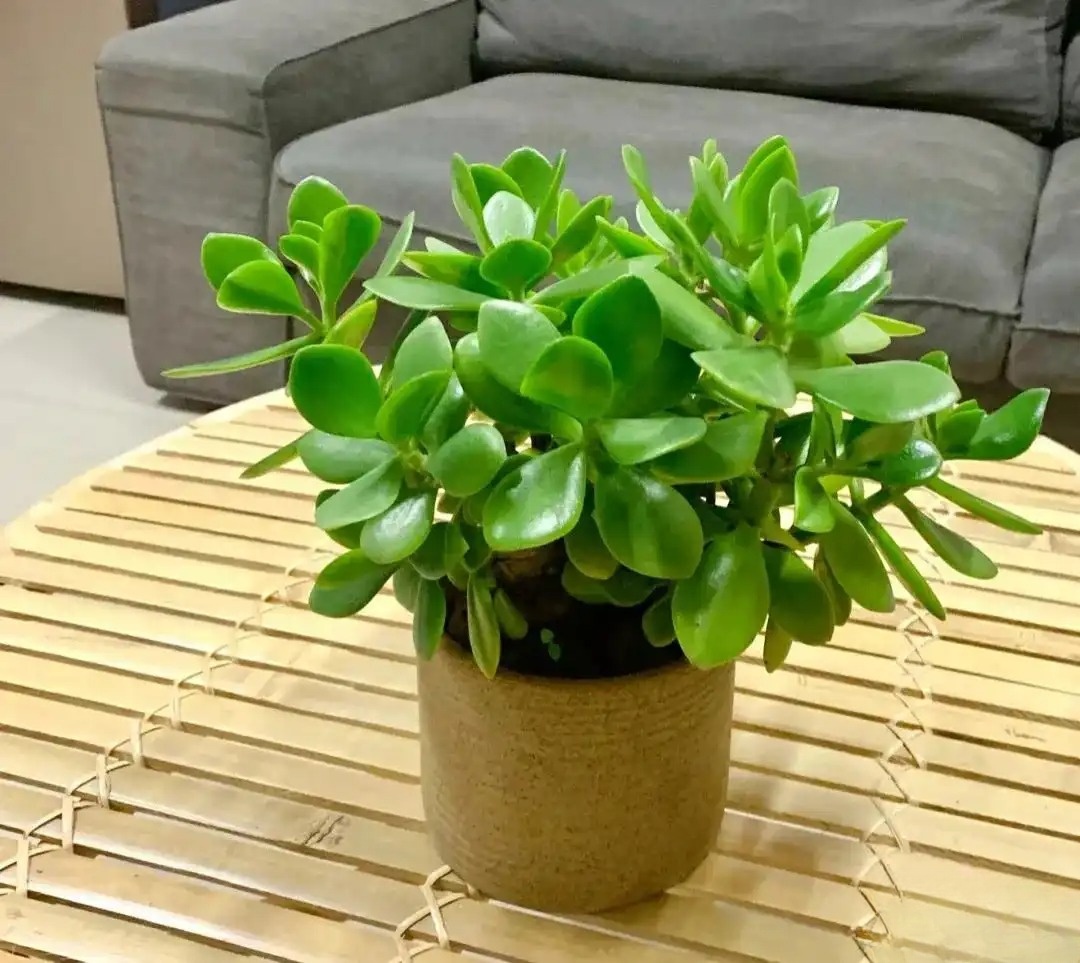
1. Yushu
Jade trees are good for viewing flowers and leaves. The thick and bright leaves are densely packed together, which can bring a strong visual experience. The flowers of jade trees are very beautiful. The flower stems are not too big, but they look unique against the background of the leaves. Before the beginning of autumn, jade trees should be pruned in time, mainly including the following aspects:
Remove yellowed, diseased and insect-infested leaves: Check the leaves of the jade plant and cut off the leaves that are yellowed, diseased or seriously infested with insects to prevent the spread of pathogens and insect pests and affect the health of the plant.
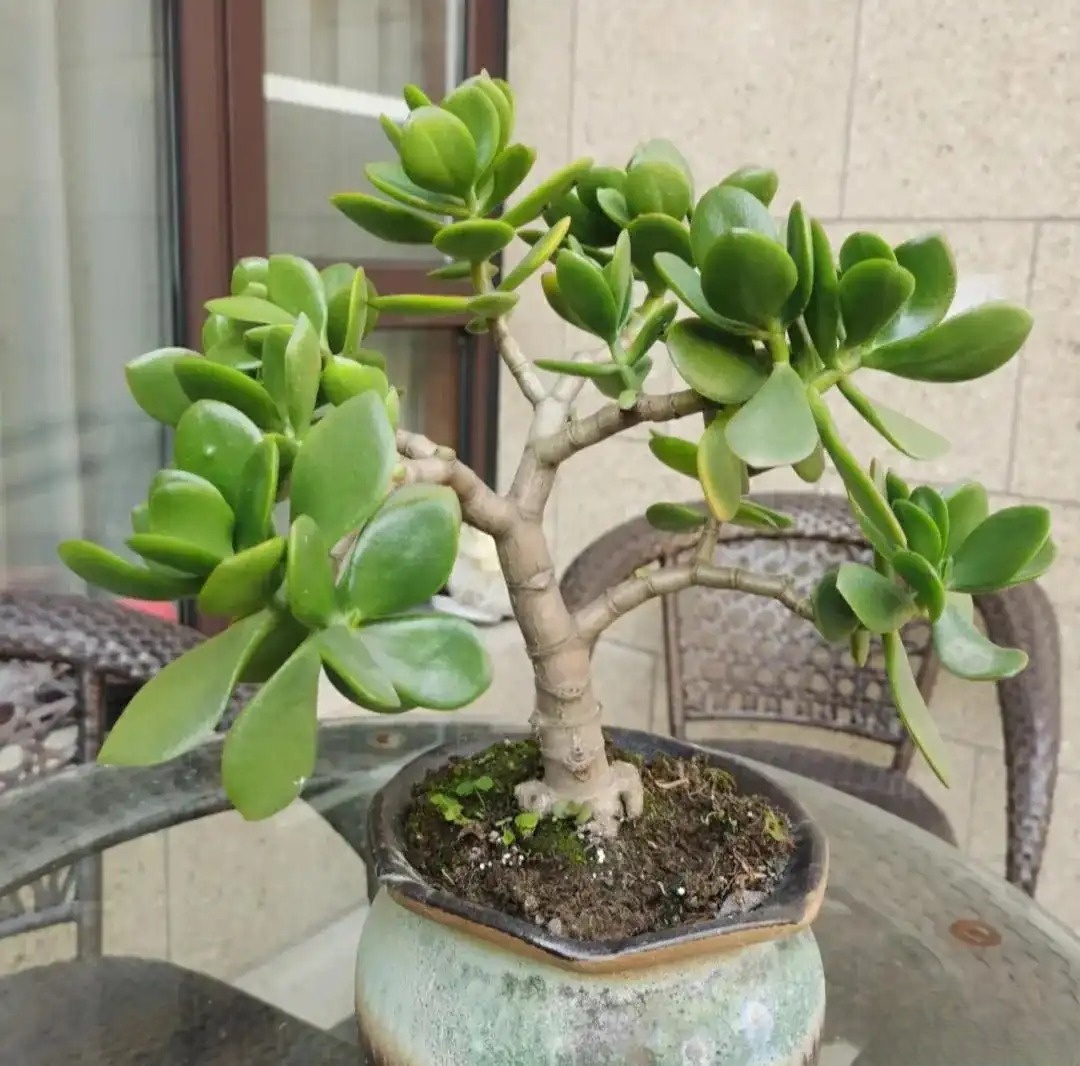
Determine the main trunk and side branches: select one or two main trunks, retain the thick and healthy side branches on the main trunks, and trim off other messy side branches to make the branches of the jade plant evenly distributed and form a beautiful tree shape.
Do a good job of shaping and pruning: According to the overall shape of the jade tree, prune out a round and compact crown to make the jade tree look refreshing in the denseness, which is conducive to the differentiation of flower buds and flowering in the future.
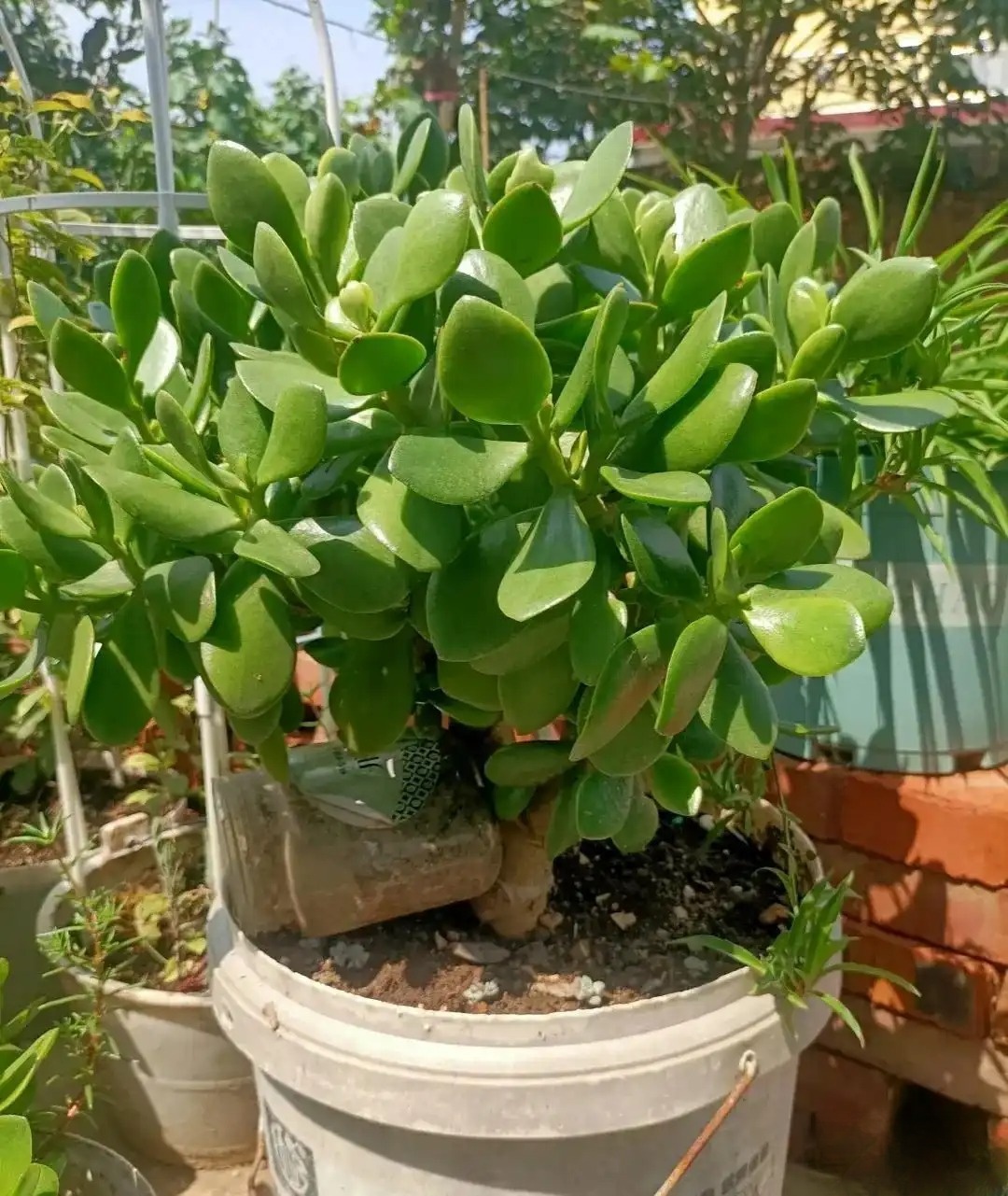
2. Margaret
Margarite is a flower that blooms in summer. Its colors are bright and varied, and it is an indispensable part of many flower beds. Before the beginning of autumn, in order to keep the flowers of Margarite gorgeous, we need to do the following pruning:
Remove withered flowers: Remove withered flowers regularly to prevent flowers from consuming too much nutrients and energy on seed production, maintain the vitality of the plants and a long flowering period.
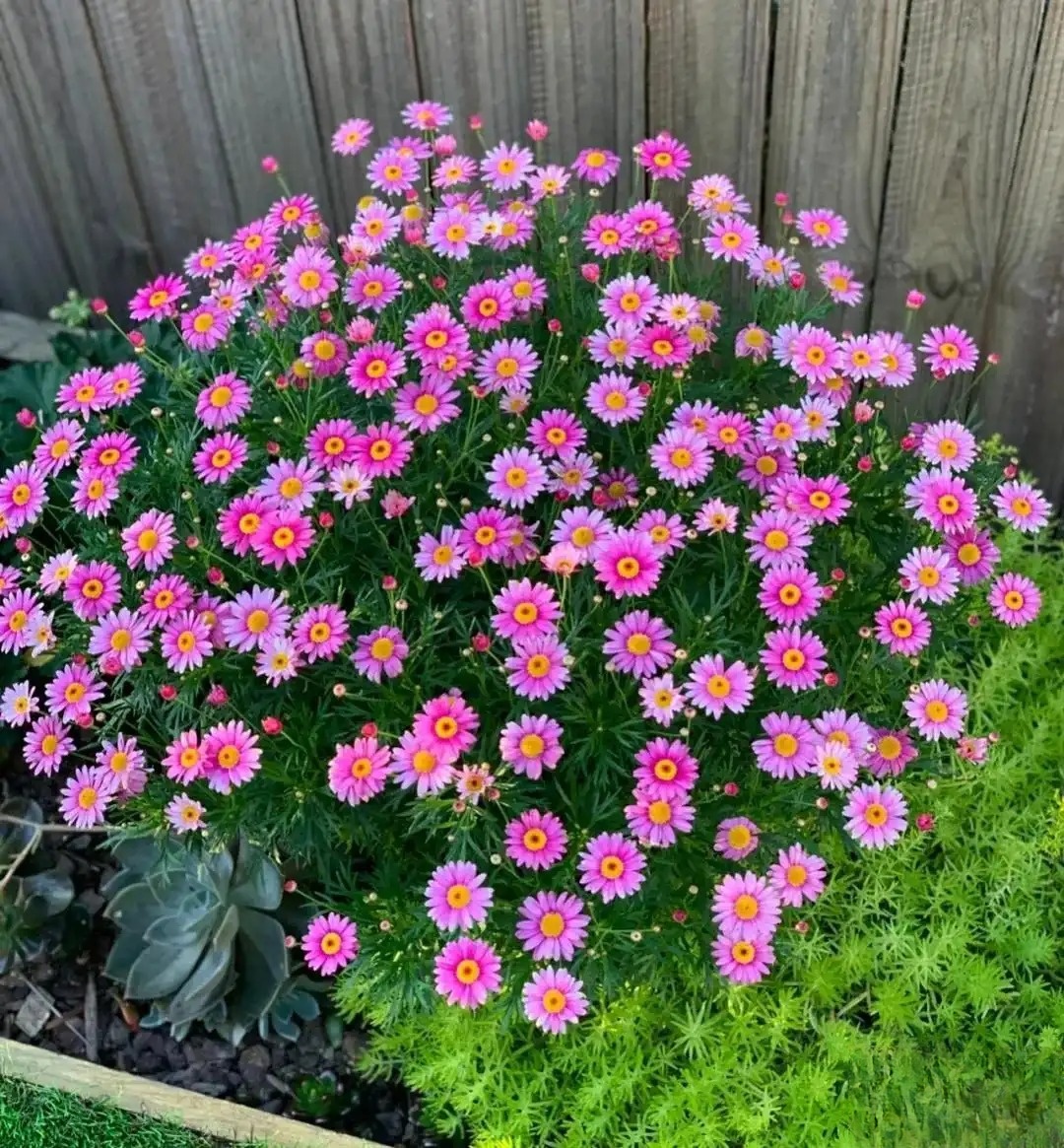
Shorten the terminal buds: Before the beginning of autumn, for tall marigolds, some terminal buds can be shortened to encourage the development of side buds and increase the number and flowering period of flowers.
Control the height of the plant: Prune the stems and leaves appropriately to control the height of the plant so that the marigold grows more neatly and compactly, making it easier to manage and appreciate.
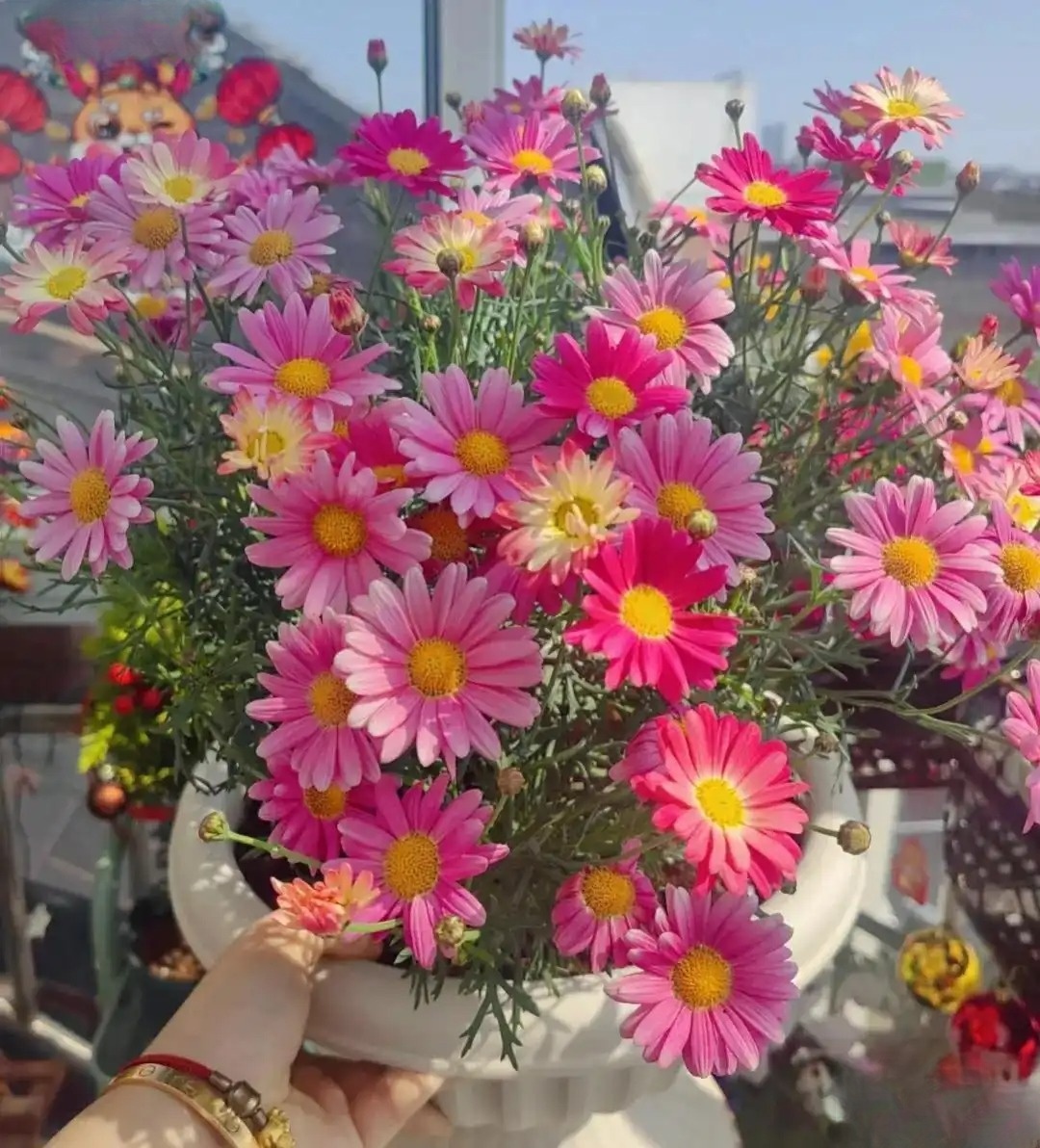
3. Petunia
Petunia is a small and exquisite ornamental flower, suitable for planting on the edge of a flower bed or in a pot. Before the beginning of autumn, we need to prune petunias as follows:
Do a good job of thinning branches: check the branches of petunias, remove weak and crossed branches, and keep the plants well ventilated and illuminated to facilitate flower bud differentiation.
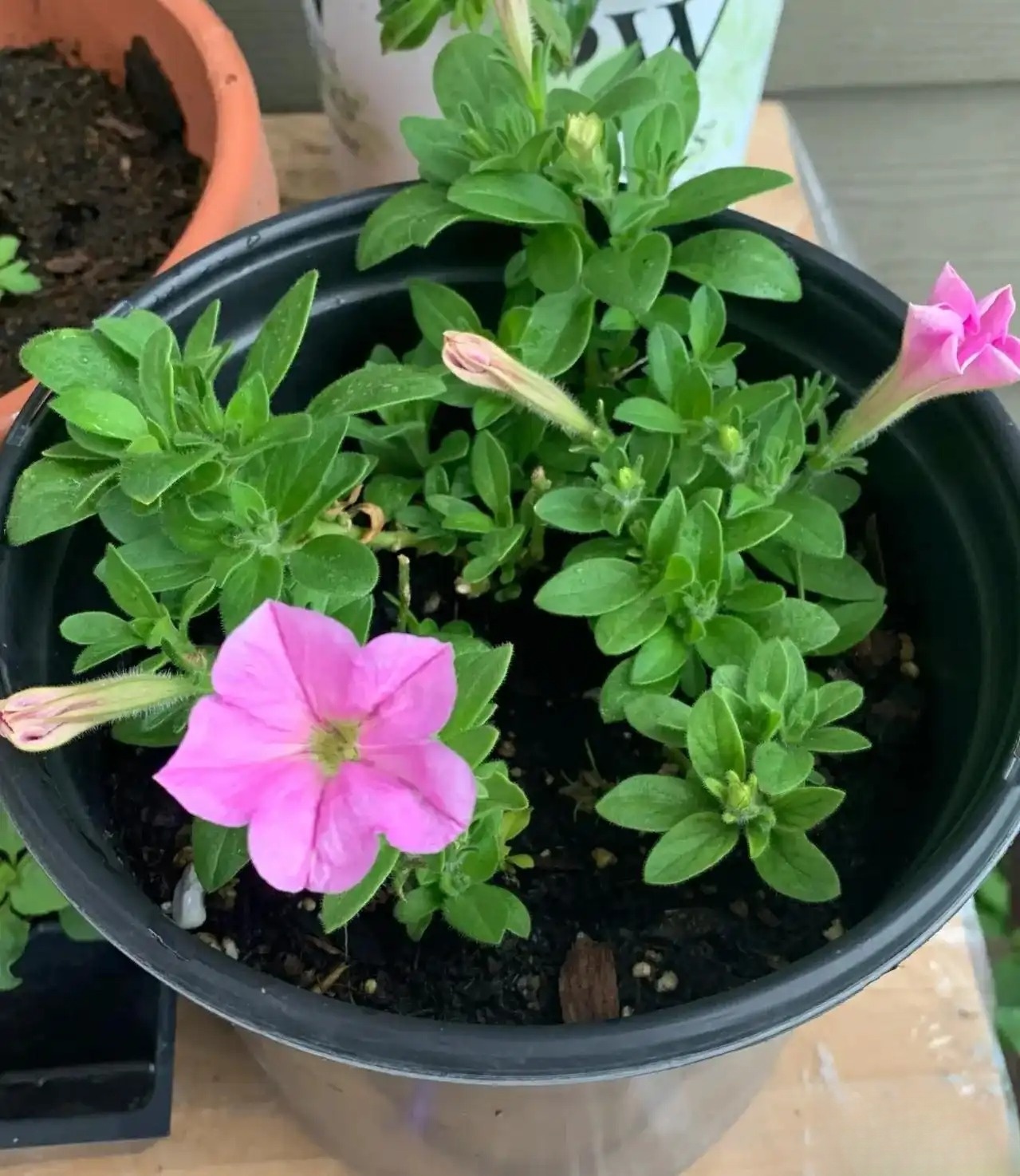
Pruning after flowering: After the petunia's flowering period is over, prune the flower stems moderately to keep the plant neat and encourage the plant to grow new branches and side buds.
Control the length of stems and leaves: The stems and leaves of petunias are relatively tender and easily broken, so pay attention to controlling the length when pruning to avoid damaging the plant.
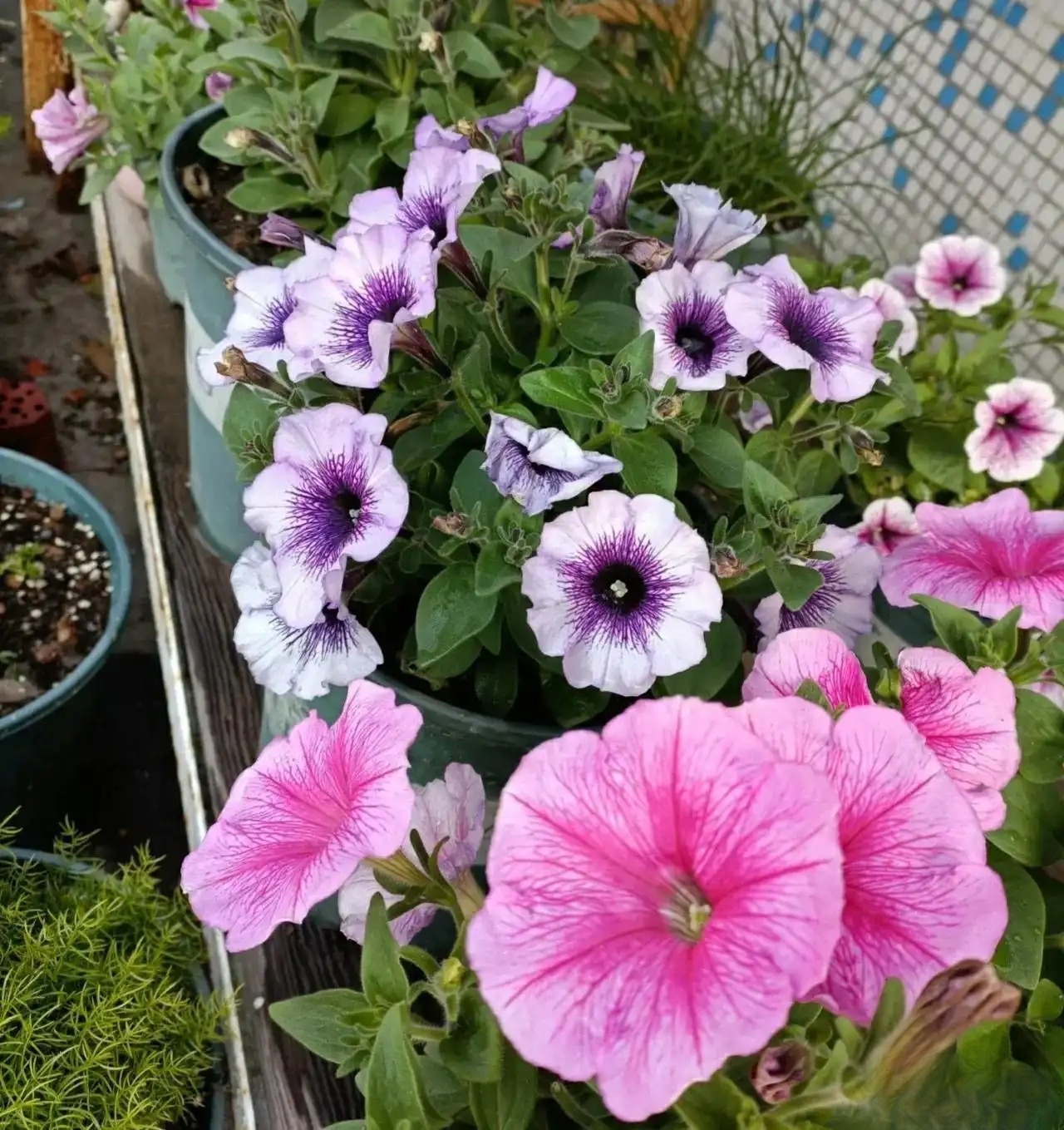
4. Sunflower
Sunflowers are representative flowers of summer with bright and rich colors. Before the beginning of autumn, in order to make the sunflowers bloom more brilliantly, the following pruning is required:
Remove the bottom leaves: Because sunflowers grow quickly, the bottom leaves tend to wither gradually, hindering the supply of nutrients, so the bottom leaves should be trimmed in time.
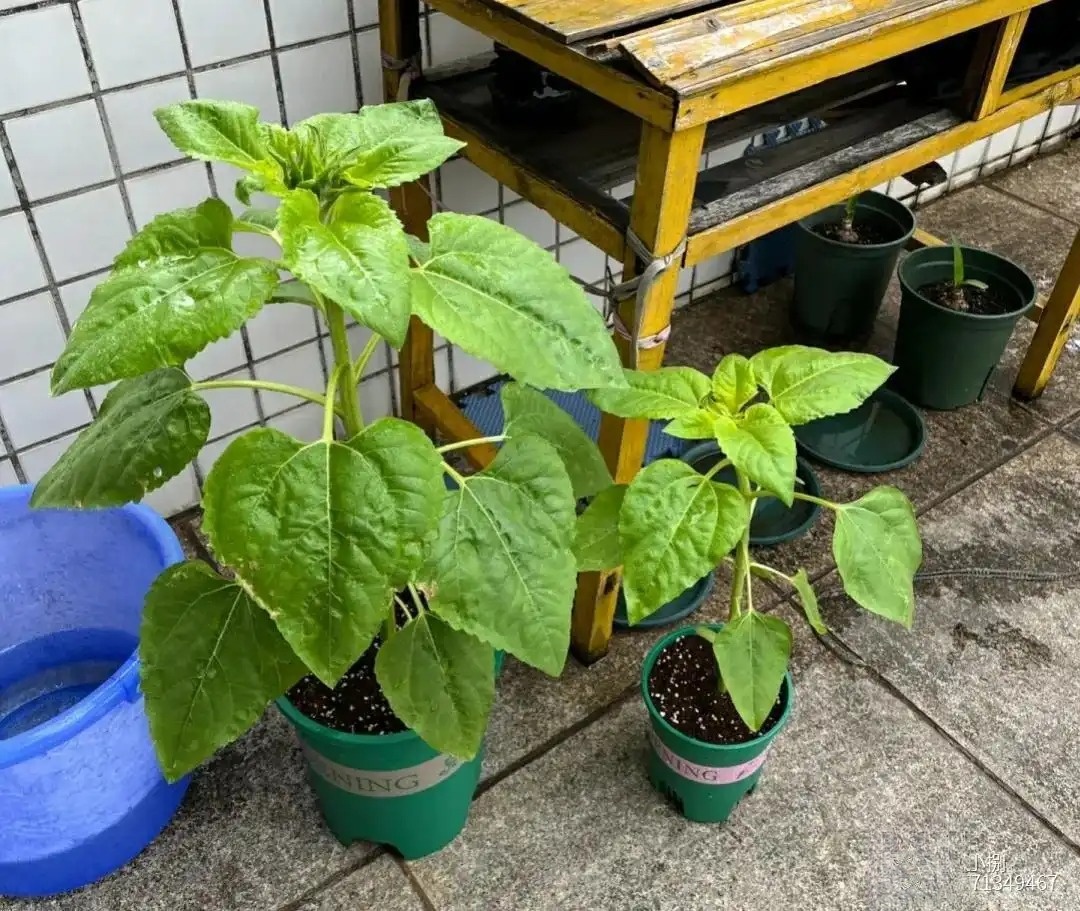
Terminal bud pruning: Around the beginning of autumn, the terminal buds of sunflowers can be pruned to encourage the development of lateral buds, increase the number of flowers, and extend the viewing period.
Supporting tall plants: Sunflowers grow taller and require moderate support to prevent them from leaning or breaking.
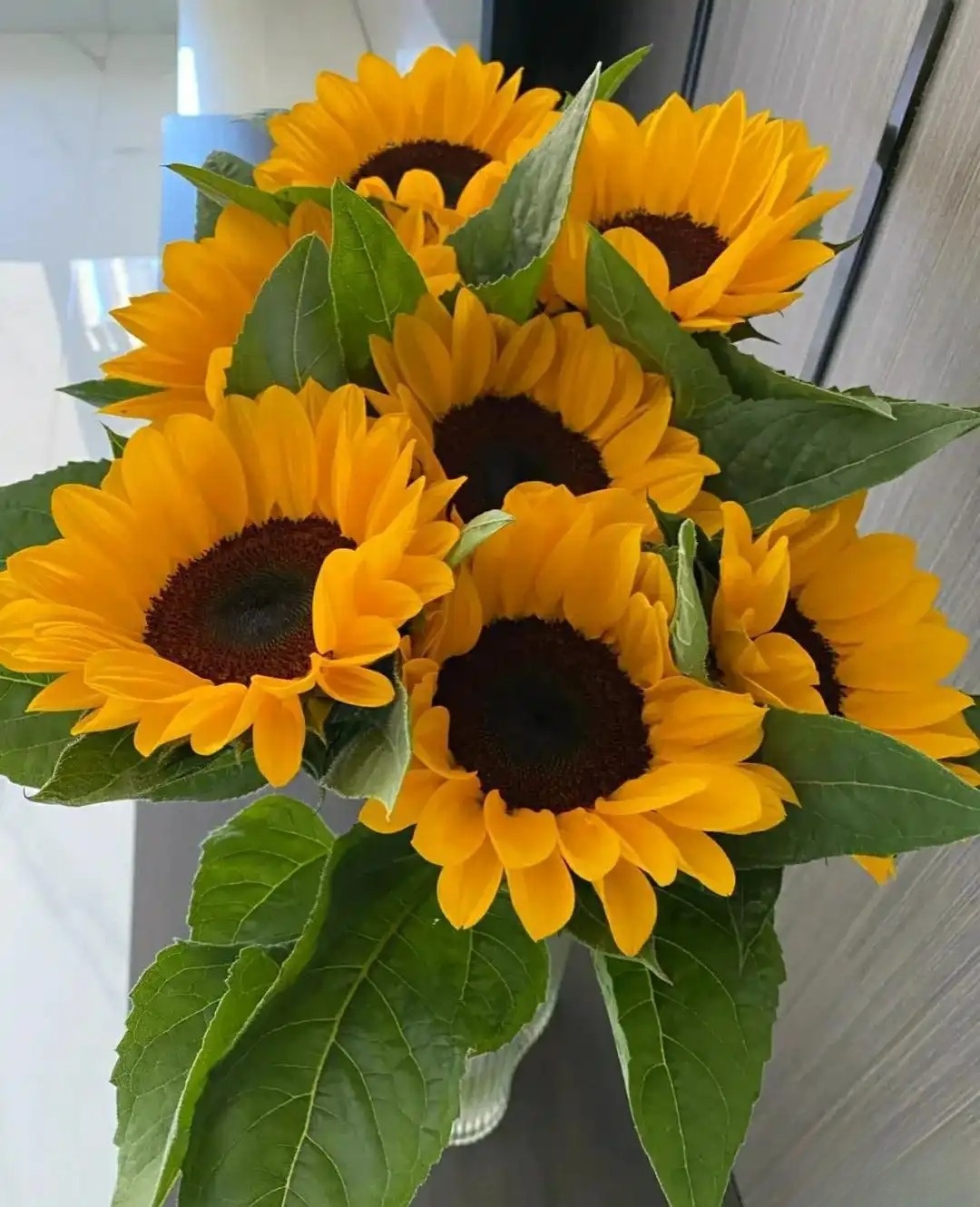
5. Hydrangea
Hydrangeas are the highlight of flower beds with their spherical inflorescences and rich colors. Before the beginning of autumn, we should do the following pruning to maintain the bright charm of hydrangeas:
Remove yellowed leaves: Remove yellowed and diseased leaves in time to reduce the spread of pathogens and keep the plants healthy.
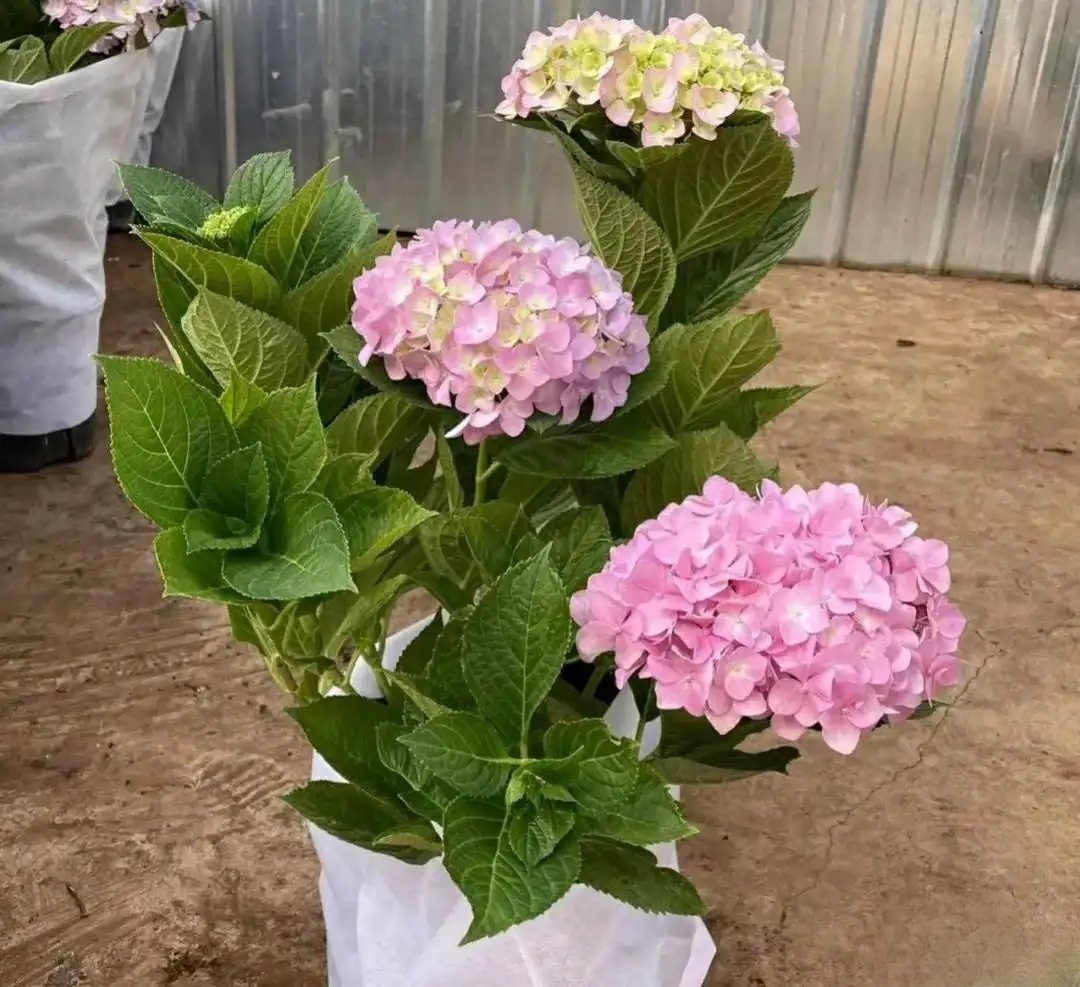
Pruning flower branches: Hydrangeas begin to wither around the beginning of autumn. Pruning the branches at the right time and keeping them clean is beneficial to the accumulation of nutrients for the plant.
Determine the number of flower balls: According to the growth conditions of the plant and the characteristics of the variety, appropriately control the number of flower balls to increase the size and color brightness of the flowers.
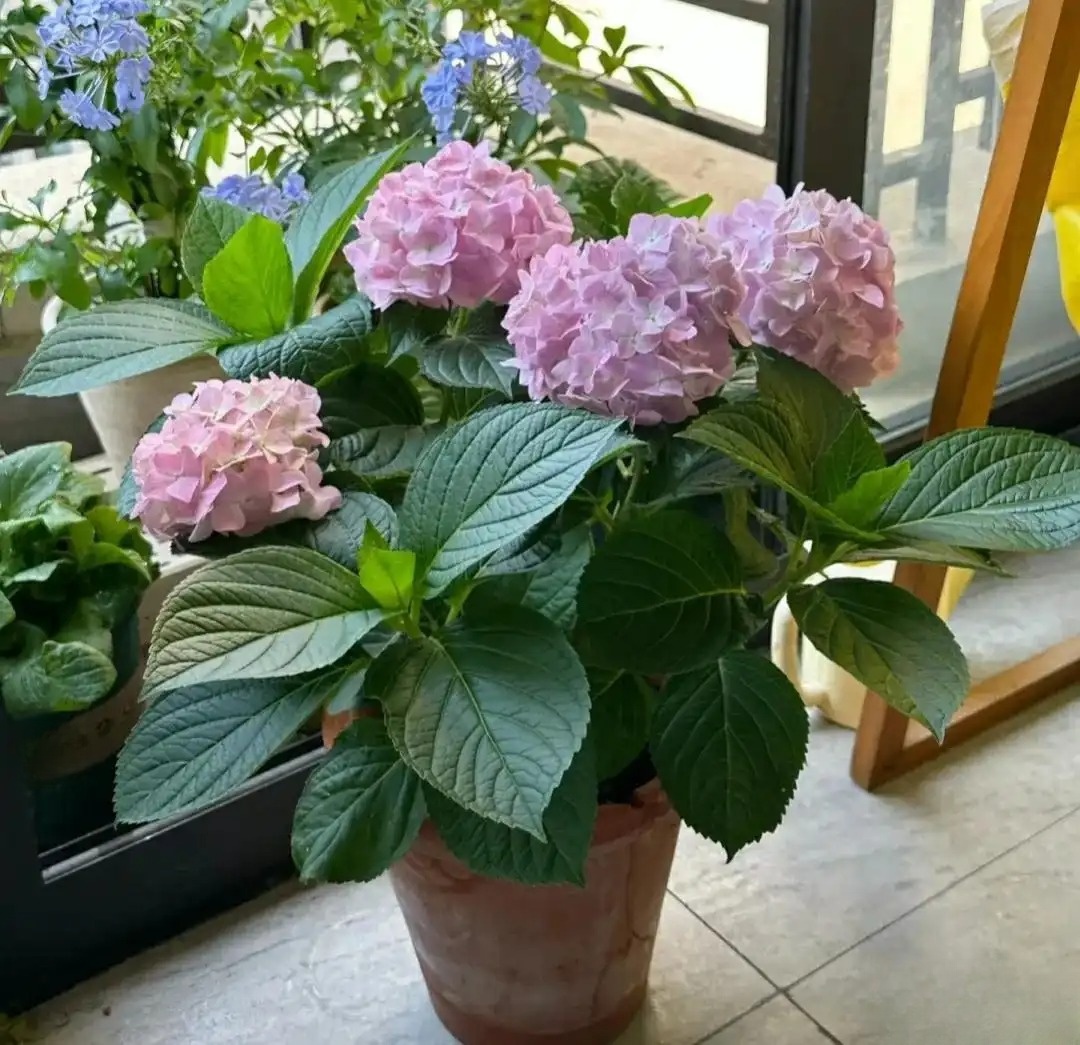
6. Kalanchoe
Kalanchoe is a common indoor potted flower. Its flowering period is generally in winter and spring. Its main features are high appearance and good meaning. Pruning before the beginning of autumn is of great significance to the growth and appreciation of Kalanchoe:
Remove old flowers: After a period of flowering, the Kalanchoe will produce a large number of old flowers. Remove these flowers in time to keep the Kalanchoe in a clean and picturesque state.
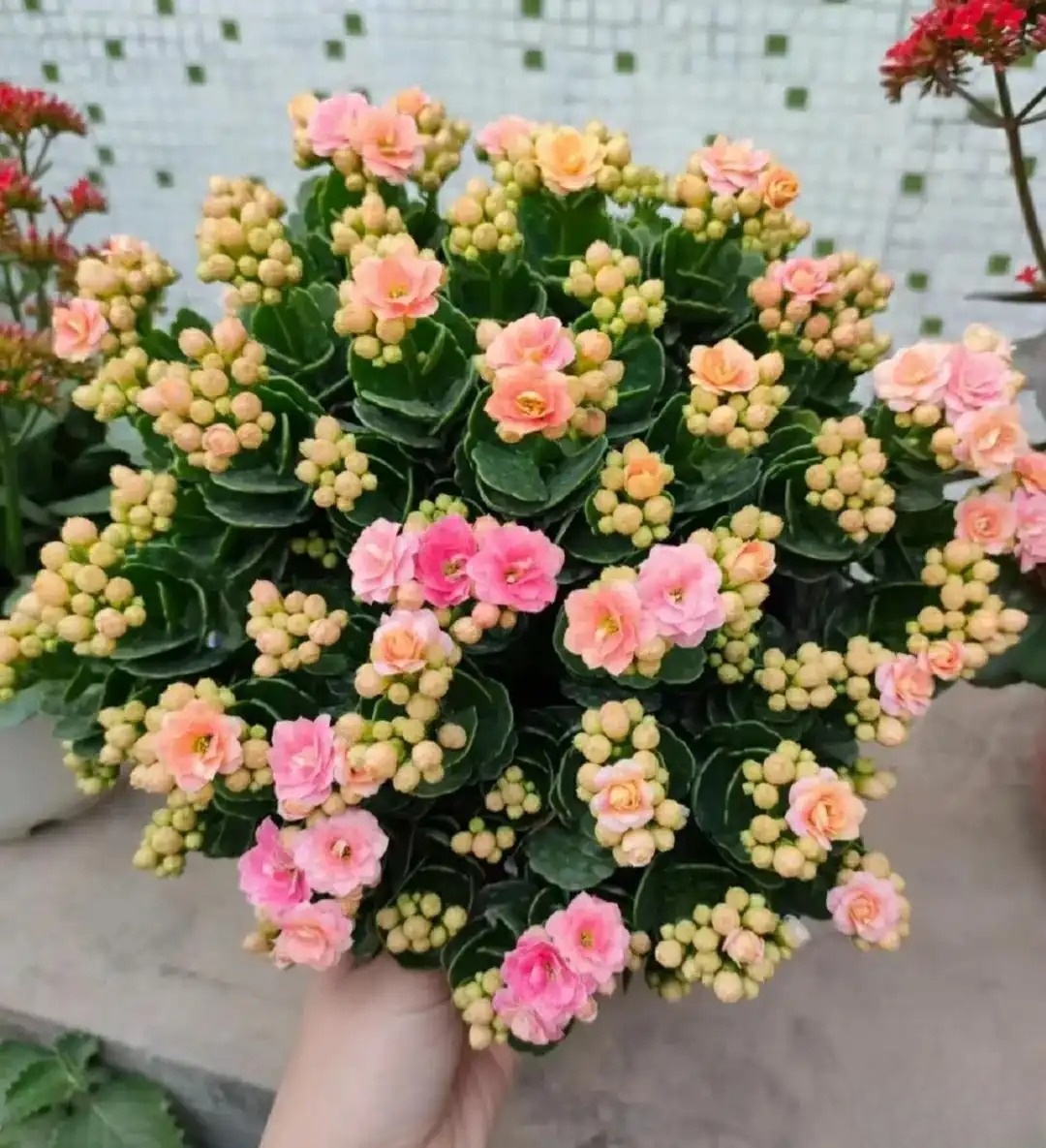
Shorten branches: When pruning, you can shorten the branches of the Kalanchoe moderately to encourage the development of side buds and increase the number of new shoots and new flowers.
Pay attention to pests and diseases: Kalanchoe is easily attacked by pests such as aphids and red spiders. Take preventive measures in time to keep the plant healthy.
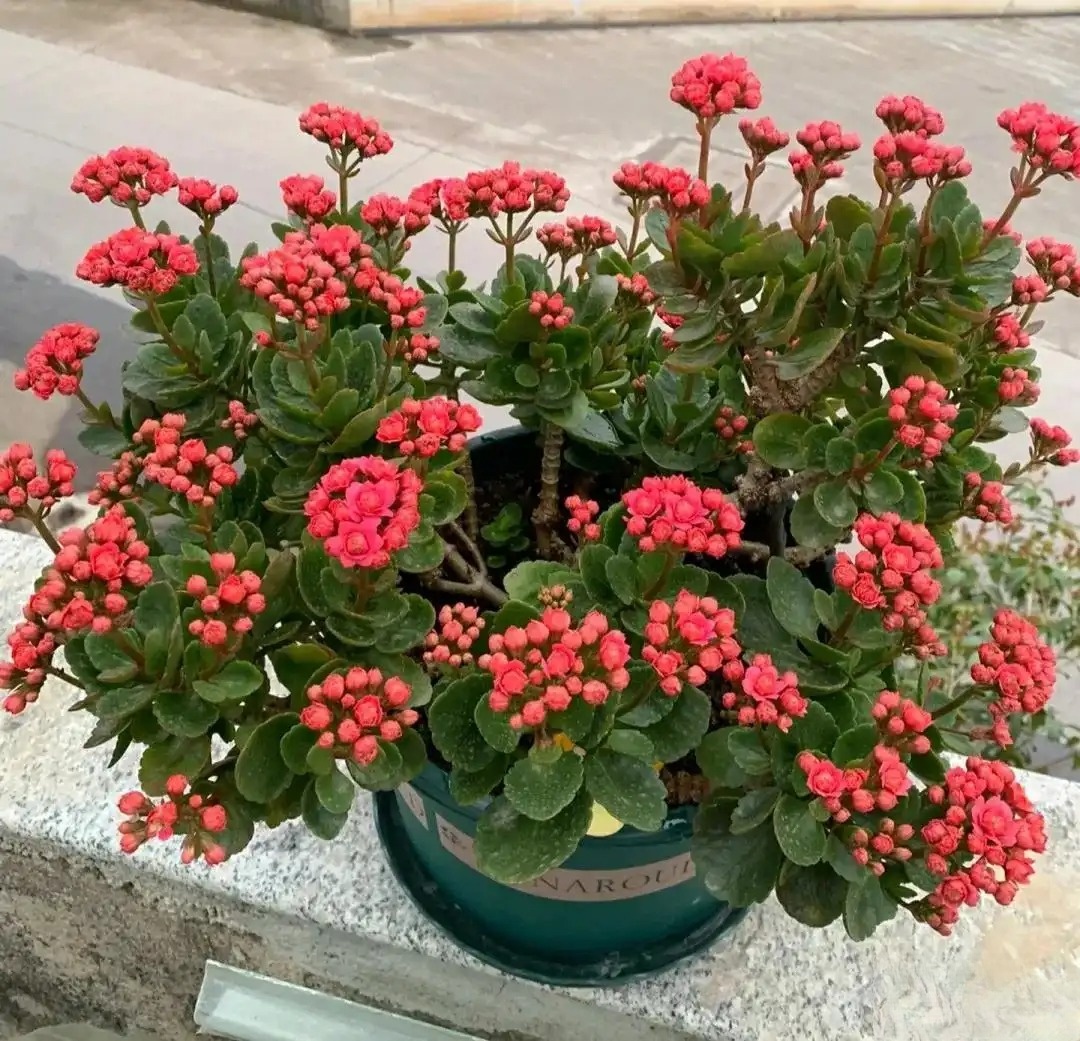
Giving the above 6 kinds of flowers a "haircut" before the beginning of autumn can make the plants healthy and strong, the flowering period longer, the flowers more beautiful, and bring more joy and beauty to people. When pruning flowers, we should prune them in a targeted manner according to the growth conditions and characteristics of the plants.